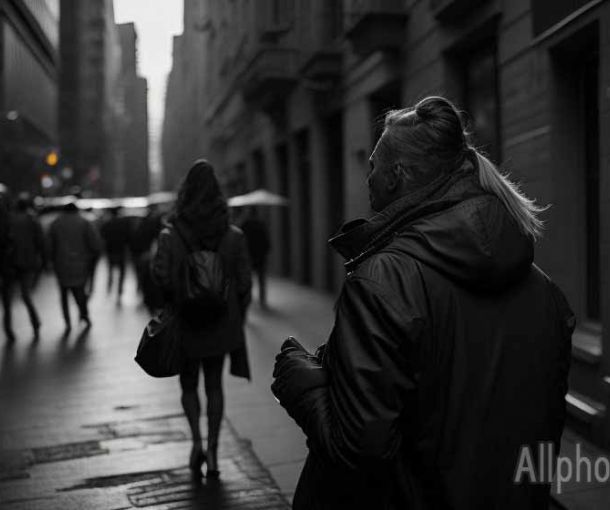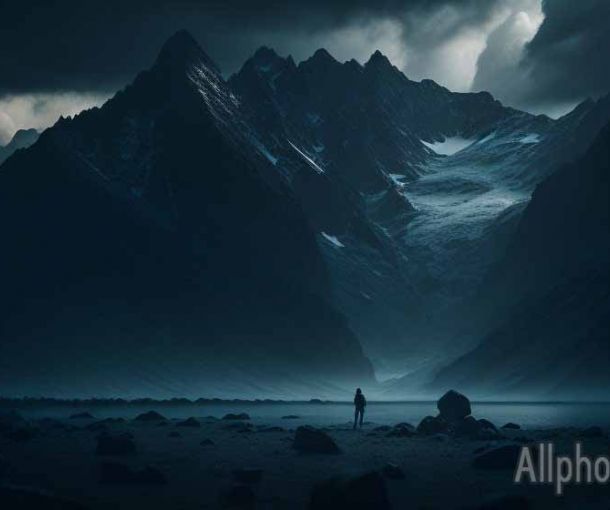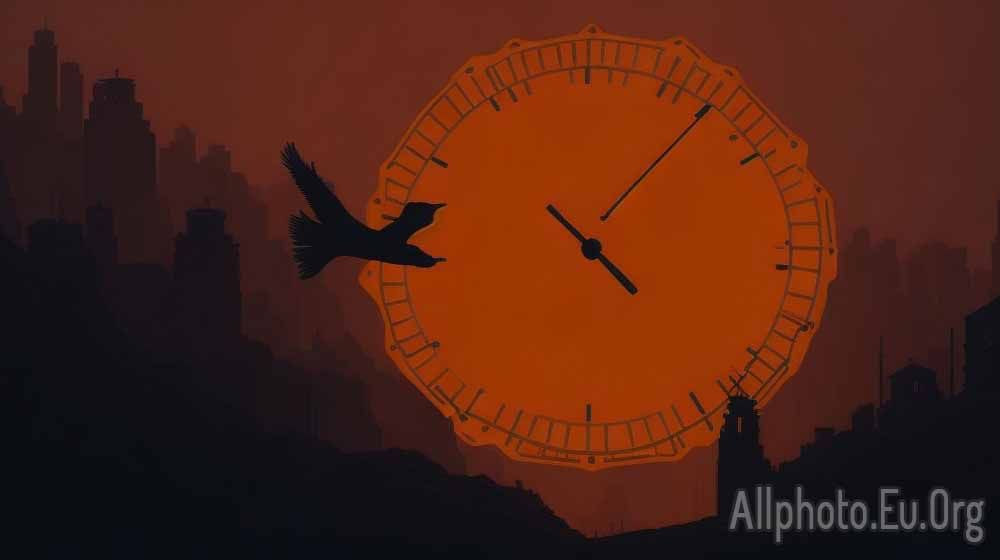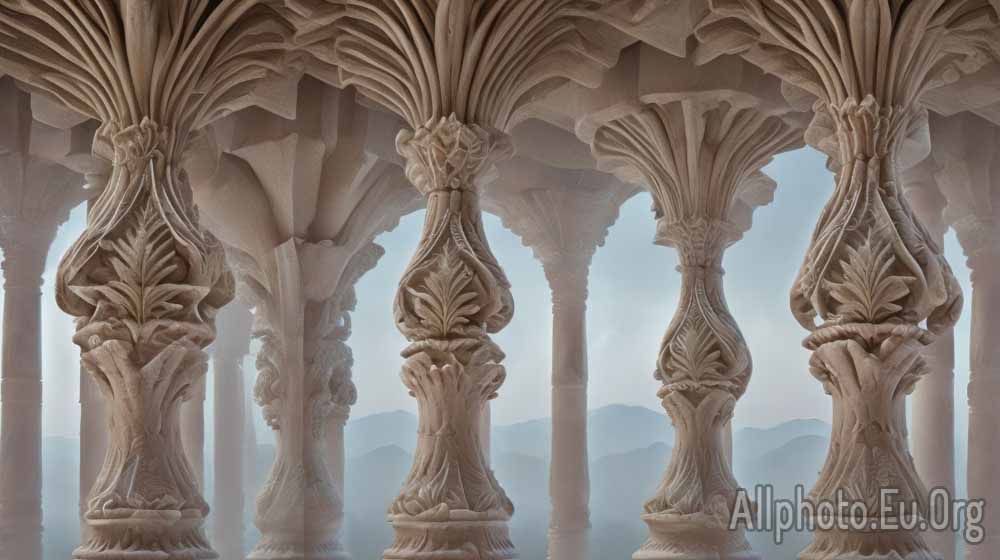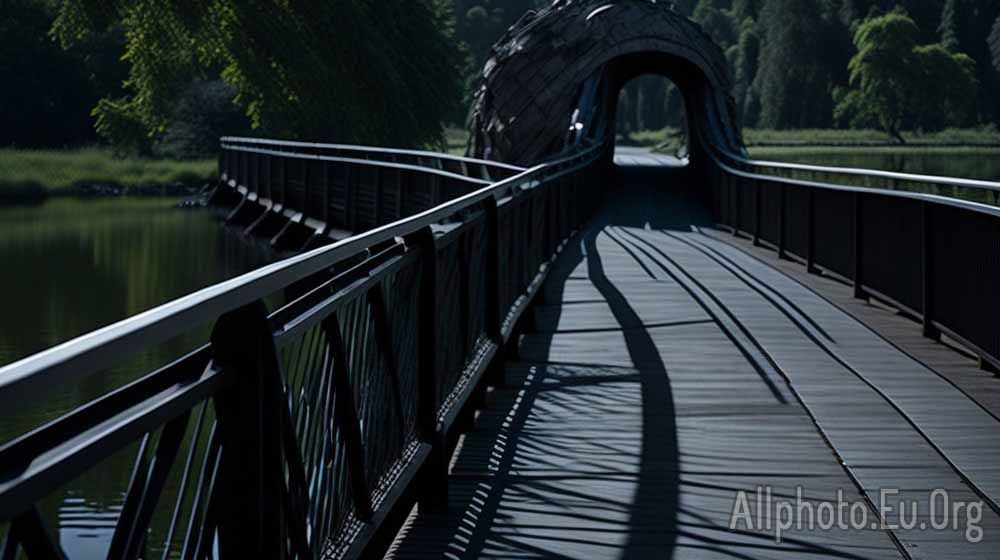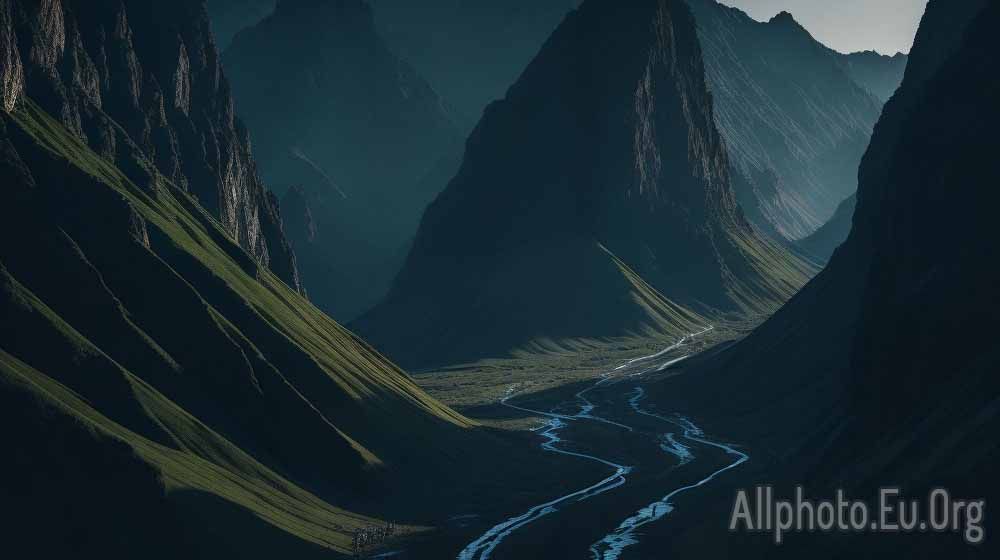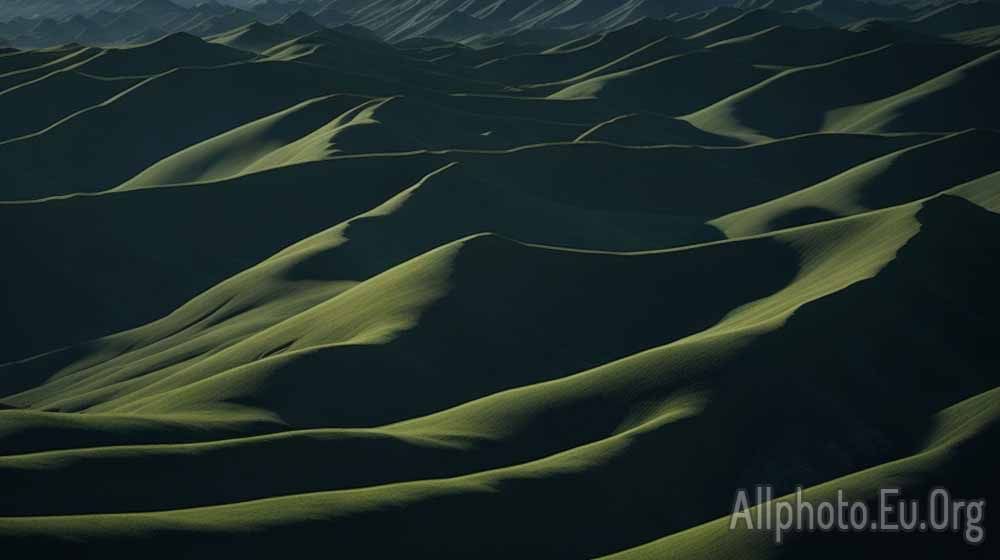The Secret to Capturing Great Landscape Photos
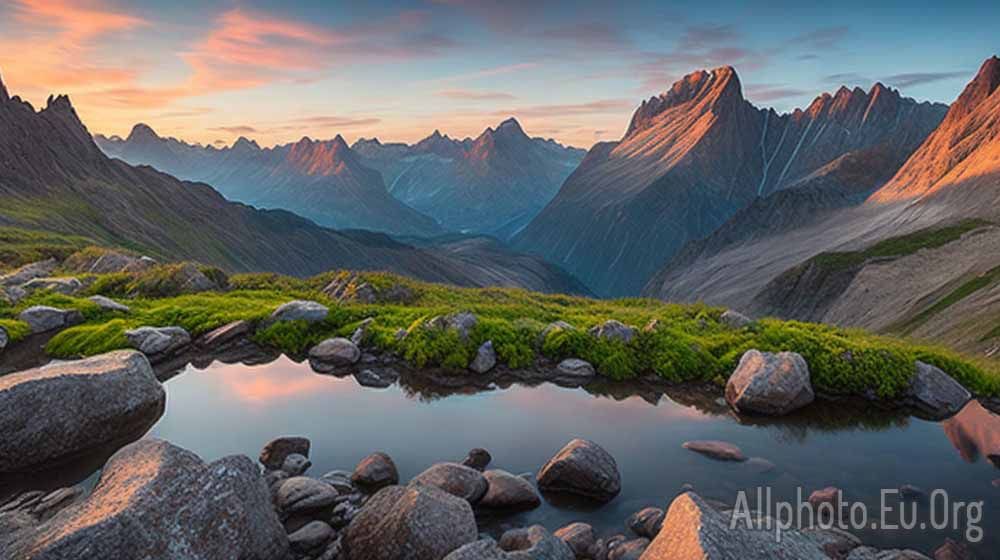
Landscape photography is a popular and beloved genre in the photography world. Capturing stunning and breathtaking landscapes requires a combination of technical skills, creativity, and patience. But what is the secret to capturing great landscape photos? In this article, we will explore the key factors that contribute to great landscape photos and provide tips to help you improve your skills.
-
Plan and prepare
Planning and preparation are crucial to capturing great landscape photos. Before heading out to photograph a location, do some research and plan your shoot. Study the location, check the weather forecast, and consider the time of day and the position of the sun. Look for unique features or viewpoints that will make your photos stand out.
It's also important to prepare your gear before heading out. Ensure that your camera is fully charged and that you have enough memory cards to store all your photos. Don't forget to bring a tripod, as it will help you stabilize your camera and create sharp images.
-
Pay attention to lighting
Lighting is one of the most critical elements of landscape photography. The quality and direction of light can make or break a landscape photo. The best times to shoot are during the golden hours, which are the first and last hours of sunlight during the day. During these times, the light is soft, warm, and creates beautiful shadows and contrast.
However, shooting during other times of the day can also produce great results. Overcast days can create soft, diffused light that is perfect for capturing moody and atmospheric landscapes. Pay attention to the direction of light and how it affects the scene. Backlighting can create a dramatic effect, while sidelighting can bring out textures and details in the landscape.
-
Use a tripod
A tripod is an essential tool for landscape photographers. It allows you to stabilize your camera and create sharp images, especially when shooting with slow shutter speeds or in low light conditions. A tripod also gives you the freedom to experiment with different compositions and angles without worrying about camera shake.
When using a tripod, make sure that it's sturdy and can support the weight of your camera and lens. Use the lowest ISO possible and a slow shutter speed to capture as much detail as possible. Don't forget to use a remote shutter release or the self-timer function to avoid touching the camera and causing vibrations.
-
Compose carefully
Composition is the way that you arrange the elements in your photo to create a visually appealing and balanced image. When composing landscape photos, pay attention to the foreground, middle ground, and background. Try to create a sense of depth and lead the viewer's eye through the photo.
Use the rule of thirds to guide your composition. This rule states that you should place the main subject off-center, at one of the intersections of imaginary lines that divide the photo into thirds. This creates a more dynamic and interesting composition than placing the subject in the center.
Experiment with different angles and perspectives to create unique and eye-catching photos. Get low to the ground for a worm's eye view, or climb up high for a bird's eye view. Use leading lines, such as roads or paths, to draw the viewer's eye through the photo.
-
Shoot in RAW format
Shooting in RAW format gives you more flexibility when editing your photos. RAW files contain all the data captured by your camera's sensor, allowing you to adjust the exposure, white balance, and other settings without losing quality.
RAW files also give you more control over the colors and tones in your photos. You can adjust the contrast, saturation, and brightness to create the mood and atmosphere that you want. Shooting in RAW format requires more storage space, but the benefits are worth it.
-
Post-process your photos
Post-processing is the final step in creating great landscape photos. Editing your photos allows you to fine-tune the colors, contrast, and other aspects of the image to make it truly stand out.
Start by adjusting the exposure, contrast, and white balance to create a well-balanced image. Then, work on enhancing the colors to make them pop. Use the saturation and vibrance sliders to make the colors more vibrant, but be careful not to overdo it, as this can result in an unnatural-looking image.
Finally, sharpen the image to make it crisp and clear. Be careful not to over-sharpen, as this can result in a noisy or grainy image.
-
Don't be afraid to experiment
Experimentation is key to improving your landscape photography skills. Try new techniques, angles, and compositions to create unique and memorable photos. Don't be afraid to break the rules and take risks.
Play with long exposure times to create stunning motion blur effects, or use filters to enhance the colors and contrast in your photos. Experiment with different lenses to create different perspectives, such as using a wide-angle lens to capture sweeping vistas or a telephoto lens to zoom in on a specific feature.
Conclusion
Capturing great landscape photos requires a combination of technical skills, creativity, and patience. By planning and preparing, paying attention to lighting, using a tripod, composing carefully, shooting in RAW format, post-processing your photos, and experimenting with different techniques, you can take your landscape photography skills to the next level.
Remember to take your time and enjoy the process. Landscape photography is a wonderful way to connect with nature and capture the beauty of the world around us. With practice and persistence, you can capture stunning and breathtaking landscape photos that will stand the test of time.
Tags
Latest Articles
Most Read
All Tags
Subscribe
Donate
Please consider supporting our efforts.
© 2023 All-Photo.Cf All rights reserved.


